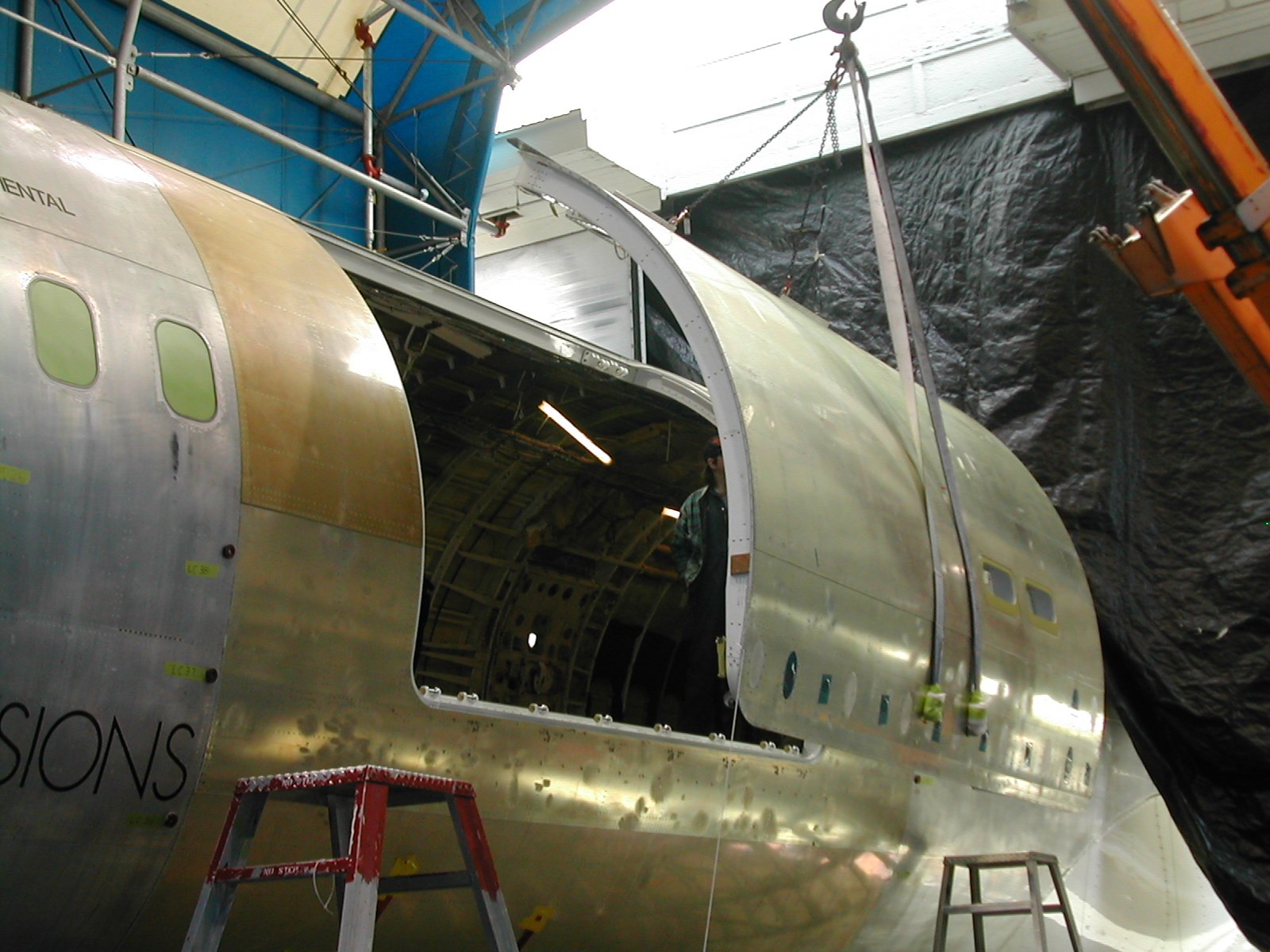
ACMG, a leading global consultancy, today released its 20-year Freighter Forecast for 2016, forecasting the global fleet will grow to 2,821 freighter aircraft by the year 2035 based on annual growth of 4.3 per cent.
With a fleet currently standing at 1,636 units, during the twenty-year period more than 2,400 freighters will be required to meet growth and replacement needs, ACMG said.
The new-build units will be concentrated at the top end of the market, as nearly two-thirds of these will be in the large-widebody freighter market segment, according to the report. In this large-capacity segment ACMG predicts that 75 per cent of the added freighters will be new production aircraft.
This contrasted with the narrowbody freighter market in which ACMG forecasts that all of the units added over the next twenty years will be P-to-F conversions.
“Much of the good news on the freighter market today is coming from the narrowbody sector,” said Robert V. Dahl, managing director, ACMG. “Will that continue? Things are less settled in the widebody market. As one market participant commented to us: ‘The handwriting is on the wall….there will be fewer widebody conversions and more production freighters.’ This trend is significant.”
The report includes ACMG’s prediction for the freighter fleet make-up in 2035 by aircraft type, taking into account our assessment of new-build freighter production, passenger-to-freighter (P-to-F) conversion activity, and the retirement of freighters from the existing freighter fleet.
This enhanced 20-Year Freighter Forecast includes ACMG’s expectations for the fleet, and the aviation consultancy expects demand for freighter aircraft to continue trending higher, albeit not at the same rate as before the credit crisis.
The ACMG forecast is the only in-depth, independent assessment of future demand for freighters. ACMG’s forecast is unique in projecting fleet growth in five-year increments.
Additionally, purchasers receive the Freighter Forecast Analysis Tool that allows users to test the sensitivity of the forecast results to future levels of demand growth and aircraft productivity enhancements, and to shifts in the portion of freight carried in passenger aircraft bellies. In sum, the tool allows purchasers to easily analyse how their own freighter-related activities would be impacted under various user-specified assumptions.









